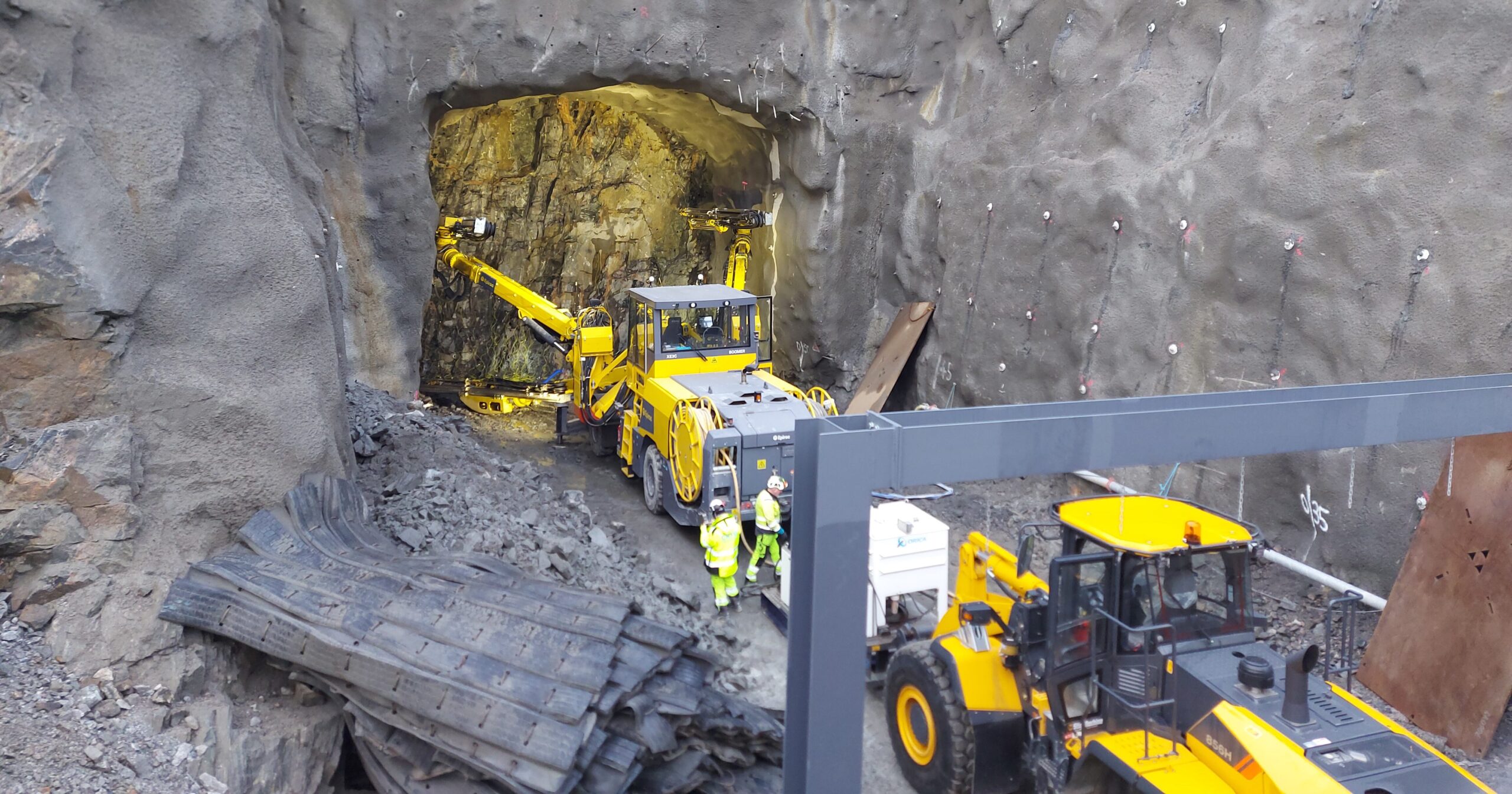Old St Roundabout awarded BREEAM Infrastructure Excellent
Overview
The £86m Old Street Roundabout scheme in London has successfully transformed a car-dominated 1960s gyratory system into a pedestrian-friendly peninsula. This ambitious project prioritized safety for cyclists and vulnerable road users while maintaining efficient traffic flow. Through innovative design and sustainable construction practices, the project achieved an Excellent BREEAM Infrastructure rating, demonstrating significant environmental benefits and setting a new standard for urban infrastructure development.
About
This project was jointly funded by Transport for London and the London Borough of Islington. Their vision was to create a safer, more accessible urban space that would not only improve traffic management but also contribute to the area's regeneration. By incorporating sustainability at every stage, the project aimed to showcase how infrastructure developments can positively impact both the environment and the community.
Background
The Old Street Roundabout project represented a comprehensive overhaul of a key London intersection. The scope of work was extensive, involving the conversion of the existing roundabout into a more efficient peninsula. This transformation included the creation of new public spaces featuring innovative rain gardens, which serve both aesthetic and functional purposes.
As part of the redevelopment, existing ramps and subways were closed to make way for more pedestrian-friendly routes. The project also saw the construction of two new station entrances, breathing new life into the area's public transport infrastructure. Inside Old Street Station, shops underwent redevelopment to enhance the commuter experience.
A key focus of the project was the implementation of sustainable urban drainage systems (SUDS), demonstrating a commitment to responsible water management. The crowning touch was the installation of a green roof on the new station entrance, further emphasizing the project's dedication to sustainability and biodiversity.
Challenges
The project team faced challenges due to the site's location in the heart of London. The congested urban environment severely limited space for construction activities and material storage, requiring careful planning and innovative solutions.
Another concern was minimising disruption to nearby residents and businesses throughout the construction process. This necessitated a delicate balance between progress and consideration for the local community.
Perhaps the most complex challenge was redesigning the roundabout to improve safety and sustainability while still maintaining efficient traffic flow for all road users. This required a nuanced approach to urban design and traffic management.
Solutions
BREEAM Infrastructure played a crucial role in guiding the implementation of several innovative solutions. The project incorporated a range of sustainable practices and technologies:
- Sustainable Drainage: Three rain gardens and permeable paving were installed to manage water runoff and improve water quality in the area.
- Biodiversity Enhancement: The project achieved an impressive 46% increase in biodiversity through strategic use of rain gardens, tree planting, and a wildflower green roof.
- Air Quality Improvement: Innovative paving that converts NOx to nitrates and oxygen in the presence of sunlight was installed, actively contributing to cleaner air in this busy urban area.
- Diesel-Free Construction: In a groundbreaking move, the site operated diesel-free for the last two years of construction. This involved using battery or electric-powered tools and HVO fuel for larger plant, significantly reducing the project's carbon footprint.
- Noise Reduction: Innovative methods such as concrete bursting were employed to minimise noise pollution and disruption to the surrounding community.
The project also excelled in resource efficiency:
- Material Reuse: 60 tonnes of granite kerbs and gully pots were reused.
- Recycling: 804.5 tonnes of material (81% of bulk fill and sub-base) were recycled.
- Local Sourcing: 76% of materials came from within 40km of the site.
- Waste Management: 12,498 tonnes of waste were diverted from landfill, including 100% of inert waste and 96.8% of non-hazardous waste.
These solutions demonstrate how BREEAM Infrastructure guided the project team in implementing comprehensive sustainable practices across various aspects of the development.
Benefits
The Old Street Roundabout project delivered a wide array of environmental and social benefits, showcasing the positive impact of sustainable infrastructure development:
Environmental Benefits:
- Biodiversity: 46% increase through rain gardens, tree planting, and a wildflower green roof.
- Water Management: Implementation of SUDS eliminated the need for a water attenuation tank.
- Carbon Reduction: As London's first diesel-free construction site for two years, the project saved 13.8 tonnes of carbon in just the first three months.
- Embodied Carbon: Limited to 8,400t CO2 equivalent, demonstrating a strong commitment to carbon reduction.
Social and Urban Benefits:
- Improved Public Spaces: Creation of new pedestrian-friendly areas, including picnic spaces and green zones.
- Enhanced Safety: Significantly improved conditions for pedestrians, cyclists, and vulnerable road users.
- Urban Regeneration: Contributed to the overall regeneration of the Old Street area.
While specific cost savings were not calculated, the project gained efficiencies through rigorous adherence to environmental and social standards. The use of BREEAM Infrastructure maintained high standards throughout and encouraged innovation, ensuring value for money and long-term sustainability.
These benefits collectively demonstrate how the Old Street Roundabout project has not only transformed a key piece of London's infrastructure but also set new benchmarks for sustainable urban development. The project showcases how attention to environmental and social factors can create a more liveable, sustainable, and efficient urban environment.
Summary
Browse more from our latest case studies:

Bybanen D14 Rail Wins BREEAM Infrastructure Very Good

Shimna flood alleviation scheme earns BREEAM Infrastructure Excellent

Colwyn Bay coastal defence achieves BREEAM Infrastructure Outstanding

Old St Roundabout awarded BREEAM Infrastructure Excellent





